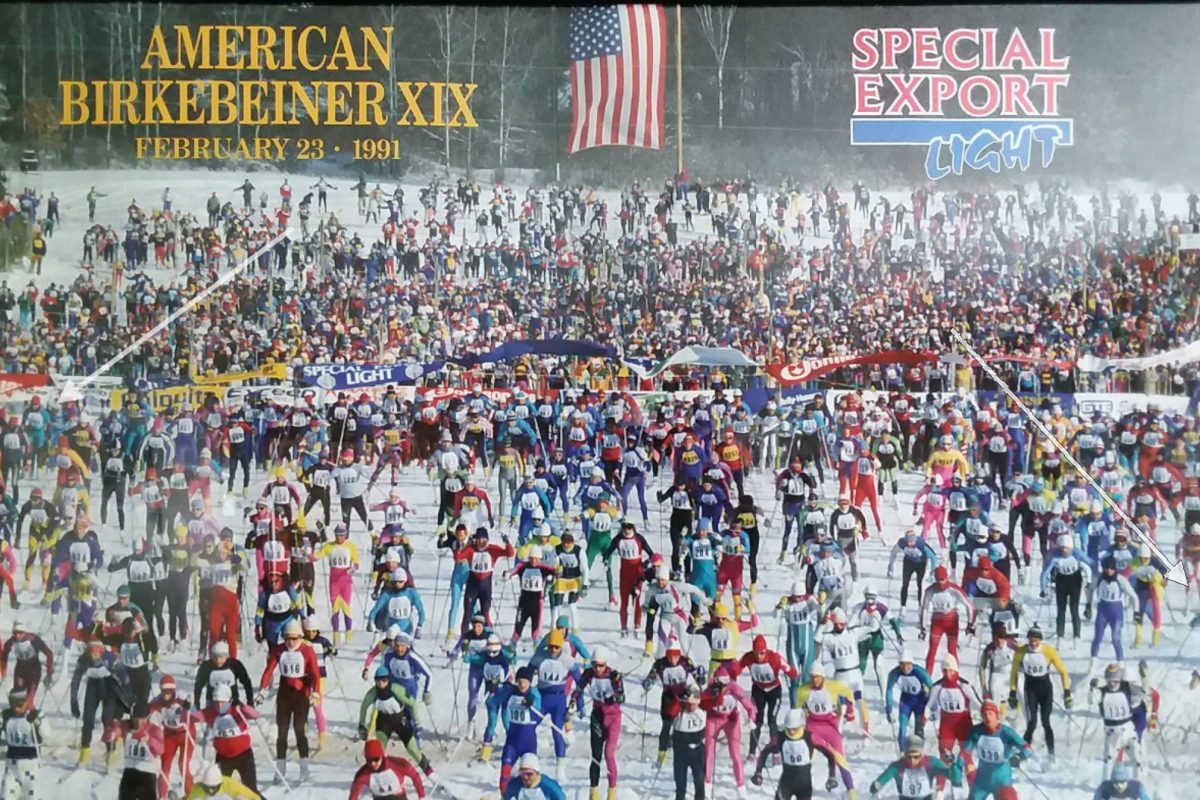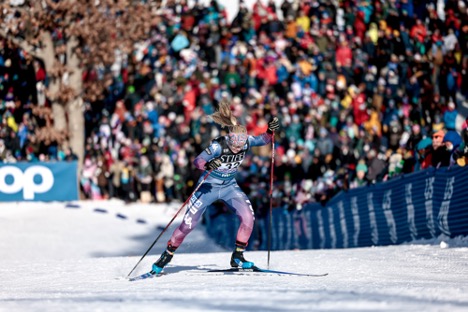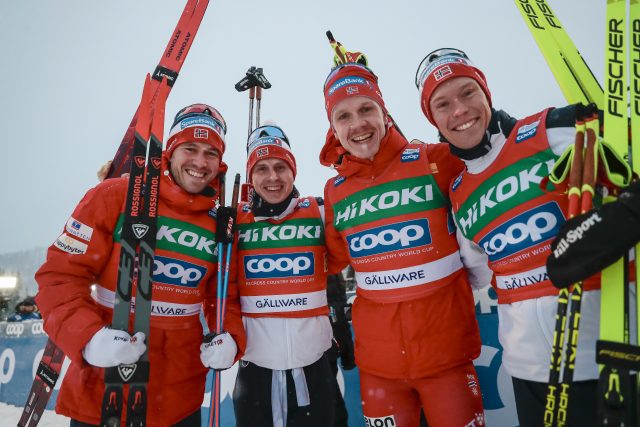
Seven Norwegian men—not even the seven best Norwegian men—entered the most competitive ski race the world has to offer (World Cup 10 k Interval Start Freestyle in Gaellivare, Sweden), and the worst Norwegian finisher was ninth! That’s the apparent nature of men’s cross country ski racing today: Norway shows up, Norway wins, Norway sweeps the podium, and the worst Norwegian in the field still manages to beat pretty much everyone else in the world. Norway could bring seven guys who finished 30th to 37th in a recent weekend of Norwegian club races, and it seems like those guys are still all likely to finish in the top ten on any given World Cup weekend. What must that be like for ambitious Norwegian skiers? Toiling away in anonymous obscurity on the dimly lit tracks of some Norwegian village trail system, knowing they could be among the best in the world if only the national team would just send them to a World Cup? I mean, c’mon: it’s a World Cup Men’s 10 k Interval Start Freestyle; not withstanding the absence of a team of officially-banned Russian all stars, this is how we identify the best skiers in the world. What we discover is this: they all seem to come from Norway . . .
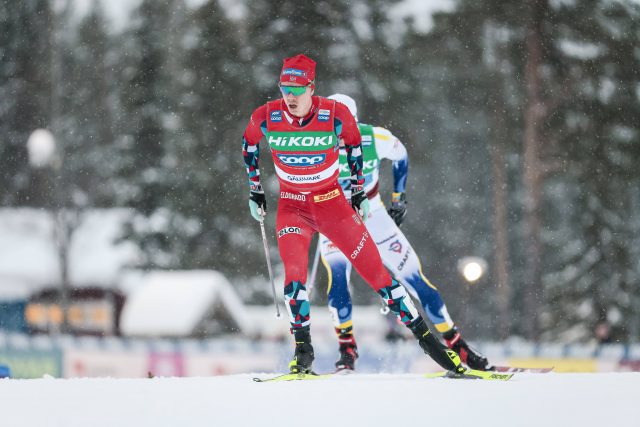
One week ago in Ruka Finland, an unheralded Norwegian who hadn’t even earned a World Cup start in three years managed to win a World Cup race. Jan Thomas Jenssen (we’ll forgive North American ski fans if they’d never heard of him before last week) stormed to victory in a 20 k Freestyle Mass Start that reminded us just how truly deep the Norwegian ski-racing population truly is. So, here’s my question: how does Norway do it? Is it the air? Is it the diet? Is it the gene pool? Is it the youth development philosophy? Is it the skis? Is it the Norwegians’ reliance on asthma inhalers (to be fair, the near-100% occurrence of exercise-induced asthma among contending Norwegian skiers is a bit eyebrow-raising)? Obviously, the question is not going to be answered on our little North American cross-country skiing website . . . but this little North American cross-country skiing website can certainly raise the question! Norwegian men are kicking the world’s backside at cross-country skiing. Anybody know how?
Norway does enjoy certain advantages: it’s way up north (Sjusjoen and Lillehammer get skiable snow long before the rest of Europe), it’s a culture founded on skiing (consider all the drawings and illustrations of little King Haakon being rescued by ski-propelled Birkebeineren), and the top athlete in the country is certain to be the top skier on the Norwegian national team (fame, fortune, headlines, immortality, etc.). We know that Johannes Hoesflot Klaebo is always given the fastest skis (Fischer makes sure of that). We only need go back one year to re-visit the wax protocol FIS race in which all competitors raced on identically waxed skis (prepared by Swix personnel). The predictions before that race held that waxing advantages would be negated, that finishing margins would be closer, that the playing field would be leveled, that smaller ski-nations would have more chances to shine . . . but what really happened was that Klaebo won his events by even greater margins, the evident speed-qualities of his one-in-a-million skis being the only things that mattered.
Cross-country skiing is a simple sport, and many athletes can (and do) master the nuanced techniques of this nuanced technical athletic motion. Ultimately, international competitions become a grueling long-distance talent show with medals and prizes and fame and accolades being reserved for those who gruel the best. Even on what would appear to be a level playing field, no other nation does it like Norway: the Norwegian men’s team seems to be conducting an intramural competitions within races to which all other skiing nations are invited. History has shown us that other nations have dominated certain sports in a similar manner—Soviet speedskaters, East German swimmers, Bulgarian weightlifters—but much of that former sport-domination proved to have been based on secretive, mysterious, performance-enhancing drug programs and nationally-sponsored systems of sports-cheating. For the Norwegians who stand on the podium week after week ( and who are presumably tested and scrutinized more than any other skiing nation), their kind of dominance speaks of different qualities, different properties, different traditions that other nations lack. Or maybe it’s just that there are no Russians in the field . . .
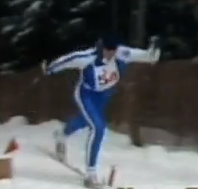
In earlier ski racing generations there were no sprints, no mass start races, no multi-lap interval start races. When you raced cross country, it truly was cross country. We remember watching Bill Koch race the Olympic 50 k in Innsbruck: interval start, basically a one-lap course, HOURS of slow-burning effort on trails that disappeared into the woods and re-appeared hours later to deliver a winner to the finish line. Not many splits to be communicated, not much information from coaches, no jumbotron in the stadium, no real view of your rivals, almost no one else around: it was a test of individual fitness, talent, courage, and discipline. That’s the kind of course over which Thomas Wassberg (SWE) defeated his legendary teammate, Gunde Svan (SWE), by only 4.9 seconds after 50 kilometers of tortuous racing in Sarajevo in 1984. That’s the kind of course over which Wassberg and Juha Mieto (FIN) battled it out in Lake Placid in 1980: two guys going as fast as they can for 15 kilometers, only to be separated by .01 of a second at the end. Subsequently, the International Olympic Committee changed the rules so that no race would be decided again by so tiny a margin (Olympic cross-country races are now only timed to the tenth of a second, not the hundredth), but it’s still remarkable that it could’ve been so close between two separate men skiing so great a distance. The champions of yesteryear could dominate for years at a time. Today’s Norwegian champions seem to be caught in a revolving door . . .

I know, I know . . . we old-time reporters are ski-racing dinosaurs, and the examples we exhume are from what now seems like a different sport. But Norway is crushing everybody, and no one can explain why! Evidently, Norway has so many great new guys that they don’t even need the old guys. We might wonder where are all the Norwegian stars from the last few years of World Cup podiums? World Championship medals? Olympic relays? Where’s Sjur Rothe? Sindre Bjornstad Skar? Didrik Toenseth? We know that Klaebo is relaxing at home recovering from a recent bout of Covid (and nursing his ego from a distinctly-less-than-Klaeboesque performance last week in Ruka, Finland). We know that Emil Iverson is back on the Norwegian team (after a season of truly lackluster performances). We know that Hans Christer Holund retired over the summer (amid headlines that he was doing so in order to “make room” for other Norwegian up-and-comers). The question, then, is that if a champion drops out of the spotlight in Norwegian cross-country skiing, is it really worth it for the national team to attempt to bring them back? I mean, they’ve got plenty of guys who can finish top ten in the world. What’s the difference, really, who those guys are?
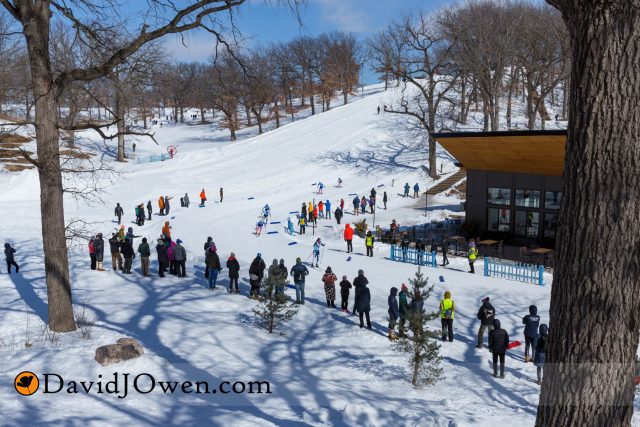
The population of the Kingdom of Norway is roughly 5.5 million; just a bit smaller than the State of Minnesota’s 5.7 million. It stands to reason that Minnesota (with a gene pool not all that dissimilar to Norway) should be producing a team of cross country skiing world beaters. Perhaps they will! Perhaps Jessie Diggins is just the tip of the Minnesota iceberg! Perhaps the attention garnered by this winter’s Minneapolis World Cup will reveal a new generation of glitter-splashed world-beating snow-speedsters. If so, that new generation of bubbly Minnesotans is likely to possess a set of dance moves that Norwegians could never rival. If so, then cross country skiing might transition into something new all over again.
All eyes are fixed on Minnesota . . .
John Teaford
John Teaford—the Managing Editor of FasterSkier — has been the coach of Olympians, World Champions, and World Record Holders in six sports: Nordic skiing, speedskating, road cycling, track cycling, mountain biking, triathlon. In his long career as a writer/filmmaker, he spent many seasons as Director of Warren Miller’s annual feature film, and Producer of adventure documentary films for Discovery, ESPN, Disney, National Geographic, and NBC Sports.


